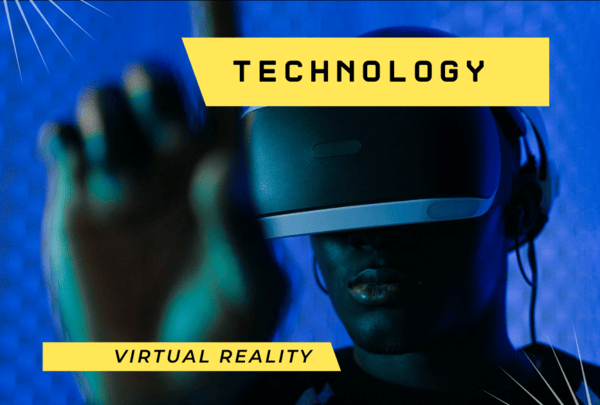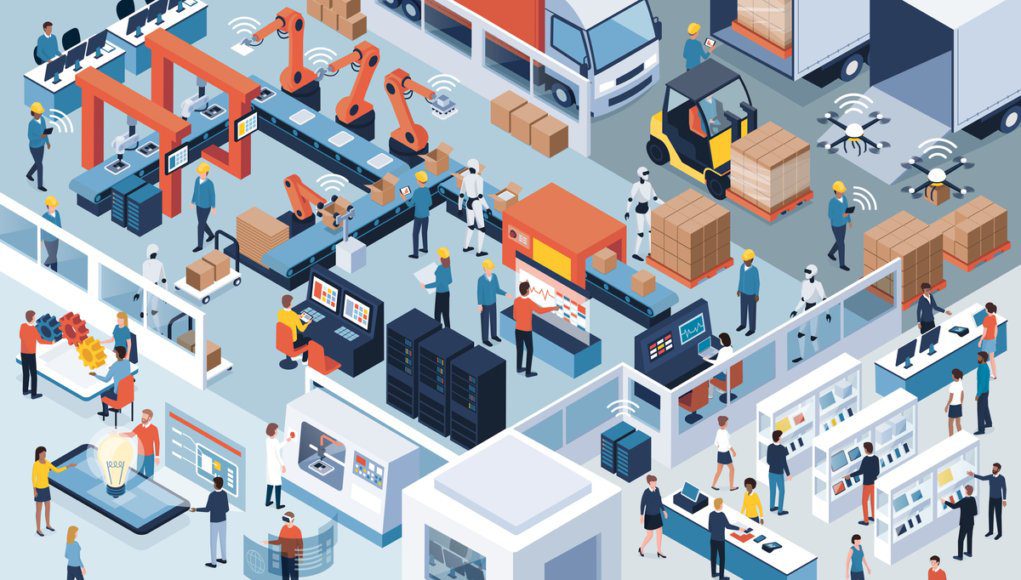Facial Recognition: Deciphering the Mystery of High-Tech Surveillance

What is facial recognition used for, Face recognition system project, Facial recognition AI, What is facial recognition technology, Facial recognition examples, How does facial recognition work, Facial recognition access control, How face recognition works in mobile.
Facial recognition technology is fast emerging as one of the most influential, though contentious inventions in high-tech surveillance. The Facial recognition technology analyzes the distinctive features that distinguish a particular individual from the rest of humankind. Facial recognition is increasingly being used now in all spheres of life starting from security and health to the police, even in the storehouses.
Introduction to Facial Recognition Technology
Defining Facial Recognition and its History
What is facial Recognition? Facial recognition is a type of biometric technology that identifies or verifies individuals based on their facial features. It involves capturing a person’s face and comparing it to a database to confirm their identity. The facial recognition technology started in the 1960s with a very basic model of mathematics but later it emerged into sophisticated AI systems that were capable of dealing with large databases in real-time.
The initial application of facial recognition was in the field, used for research and experiments. Years of technological advancements have made it more accurate, faster, and applicable. With advancements in machine learning and high-resolution cameras combined with powerful computing resources, it has pushed the boundaries of what is possible. Now, governments, corporations, and individuals use facial recognition to identify people and improve security protocols.
Science Behind the Facial Recognition Algorithms
Science works its magic on recognizing facial images through both computer vision and machine learning. The algorithms, with computer vision, are tasked with the localization of faces from images or video streams. A machine learning model will then further analyze the features to determine whether or not to recognize a given face. It gives each person a unique “faceprint” based on a set of key features, such as distances between the eyes, shapes of the nose, and contours of jawlines.
Deep learning is one of the biggest priorities in current facial recognition systems. To increase its accuracy, the images are fed through a series of multiple CNN layers in which the image gets trained to spot the increasingly complex patterns that must differ a person from the rest. The resistance of the facial recognition system against real conditions such as changeable lighting and partial face occlusions during training and fine-tuning makes this data come out.
How Facial Recognition Works
Capturing and Analyzing Facial Features
The Facial Recognition System begins with face detection. This will essentially detect a face in an image or video frame. It detects pre-trained models for regions that resemble a human face on the image. Following detection, the system extracts the key features found in the face: the distance between the eyes, the cheekbone, and the shape of the lips.
The face is scanned and matched against a database of known faces. These characteristics are then converted into a digital code, often referred to as a “faceprint,” which serves as an identifier for the individual. Unlike passwords or fingerprints, which are physical and rigid, a faceprint is fluid and flexible and can be matched in real time to ensure that identification occurs successfully.

Key Techniques: Geometric vs. Photometric Approaches
Facial recognition systems can extract features through various techniques. Geometrics and photometric are the two primary techniques.
Geometric Approach: In the geometric approach, spatial relationships between facial landmarks are measured, which could be the distance between two eyes or curvature of the jaw. It doesn’t require a large number of images; it can still work under perfect conditions. Though it may lose some accuracy at less-than-ideal conditions: lighting or pose changing.
Photometric Method: The photometric method is another method that considers the texture and color of the face’s surface. It tends to capture an image at detailed pixel detail to give more complete information for facial feature representation. This tends to be strong in varying conditions but needs to be supported with large datasets and significant computational power during processing.
Application of Facial Recognition
Security and Surveillance in Public Spaces
Facial recognition has been the latest addition to security and surveillance systems. Facial recognition is deployed to track vast crowds, monitor possible threats, and allow responding authorities in times of incidents that occur at airports, malls, and similar places. Facilitated facial recognition can benefit governments and police departments in carrying out faster investigations, preventing crime, and promoting public safety in public areas.
For example, airports make use of facial recognition systems in order to quicken check-in processes, cut down queues, and improve security measures by cross-checking the faces of passengers with their travel documents. Real-time surveillance in crowded areas also tracks people associated with criminal activities which may eventually prevent terrorism and other criminal acts.
Use in Smartphones, Banking, and Personal Devices
For facial recognition technology in the consumer segment, it finds a great position in smart phones and other personal gadgets. Apple Face ID is a brilliant facial recognition device that unlocks smart phones, activates payments, and even opens access to particular applications. The usage of the face as a pass can be extremely helpful but also adds toward the security aspects as the details of one’s face cannot be copied.
Besides the smartphone, the same technology has also been integrated in banking applications for authenticating the identity of the users of their transactions and online services. This technology is installed in the ATMs and digital banking so that customers are allowed to use their accounts more smoothly while keeping the security levels high.
Facial Recognition in Law Enforcement and Criminal Investigations
It is reported that law enforcement agencies have applied facial recognition technology trace suspects, to solve crimes and identify unknown people. This facial recognition system compares the images of suspects against pictures stored in criminal record databases; this has been helpful to the authorities in recognizing people whom they have never met before. This has helped in solving cold cases and missing persons cases.
Even so, police uses of facial recognition technologies stir many ethical concerns, including invasion of privacy, wrongful arrest due to mistaken identity, and surveillance that have gone too far.
Commercial Use: Retail and Marketing
It has proven to be an asset in retail and marketing concerning improving the customer experience. Facial recognition can be used in stores to track the behavior of customers, tailor marketing campaigns, and enhance the designs of store layouts according to the needs of the customer. For example, facial recognition can identify repeat visitors and deliver offers tailored to them, which would make shopping more engaging and relevant to each customer.
Retailers use facial recognition to enhance security within their stores, which include shoplifters and other fraudulent characters.
Benefits and Drawbacks of Facial Recognition
Improving Public Safety and Crime Control
Facial recognition technology may be of high utility in increasing public safety enormously. It will identify criminals, track missing persons, and prevent terrorist acts, all of which are priceless to law enforcement agencies and government institutions. Facial recognition systems can serve as a deterrent to criminal activities in public spaces like airports or stadiums because the individual knows that somebody is monitoring them.
The same, though, has been applied in an increasing number of safety cases across other institutions that include banks, schools, and hospitals, who are applying this technology to make access control, as well as identity verification at the entrance gate.
The most in-demand freelance skills for students in 2025
Privacy issues and ethical questions
Though the technology has several benefits, facial recognition raises important privacy concerns. Many people feel that they are being watched without their consent at all times and are, therefore, under surveillance. Governments and corporations have huge amounts of personal data, which can be used for commercial or political purposes. The thought of tracking a person from a retail store to a public park is not comforting for most people.
This issue, however, achieves a more refined profile when application in public areas is brought on board. It stands right between issues of public safety and personal space because it may end up being used for mass surveillance or profiling if there are authoritarian regimes deploying the technology.
Conclusion
A Fine Balance Between Innovations and Privacies
Implementation of facial recognition requires finding the perfect balance between innovation and personal privacy. Therefore, as much as this technology has all the potential to enhance security and efficiency, it is much more important that proper implementation is given to the same. Policymaking and industry play a role, but also the public in ensuring facial recognition is exercised in an ethical manner and transparent and least invasive to basic rights.
Future of Facial Recognition Technologies
The future of facial recognition would be in handling the technological and ethical issues that have been debated by many people around the globe. Only then, when given the proper regulation, oversight, and innovation, would it be used to help advance lives while keeping the citizen’s privacy and rights protected. But its fate depends on the efforts of all parties concerned with seeing to it that this is done in the best interest of all human beings without undermining the rights of the individuals.



